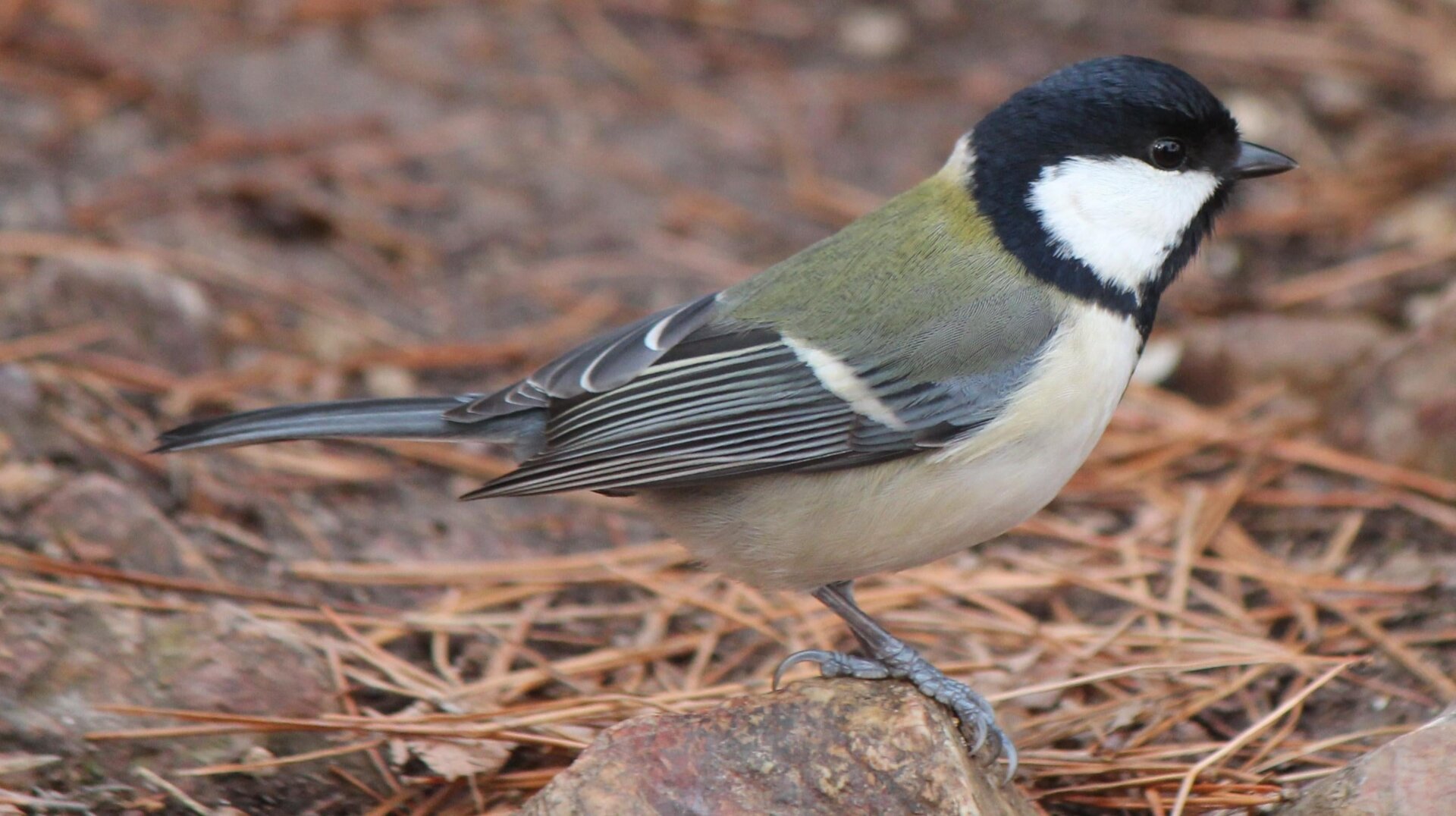Tits are polite, at least while mating. Don’t misinterpret what I say: a team of scientists observed the birds fluttering their wings to signal their mating partner to go first when returning to their nests, expanding the number of species known to communicate by gesture.
Humans rely on many types of nonverbal communication. There’s the wink, an impish flicking of one eyelid, often teasing or suggestive. There’s the finger guns, when someone’s being a cool little guy and you gotta let them know (can be misinterpreted as threatening). And who could forget the upwards—and downwards—head nods, typically a nonverbal greeting or sign of acknowledgement.
But there’s also the “after you”: When one person gestures to an entry, exit, or simply a physical path forward by extending one or both hands toward said direction, palms up.
Researchers studying the Japanese tits (Parus minor) observed the critters using their wings to gesture their mate to enter the nest first, adding to the birds’ complex and varied means of communication. The team’s discovery is published today in Current Biology.
“For over 17 years, I have been engaged in the study of these fascinating birds,” said Toshitaka Suzuki, a researcher at the University of Tokyo and the study’s lead author, in a university release. “They not only use specific calls to convey particular meanings, but also combine different calls into phrases using syntactic rules. These diverse vocalizations led me to initiate this research into their potential use of physical gestures.”

The “after you” flutter is not a deictic gesture—one used to highlight an object in the environment, such as a pointed finger. It is a symbolic gesture, a more complex level of communication. To paraphrase Cole Porter, we do it, apes do it, and now, small Japanese tits do it.
In 2016, Suzuki led a team that found evidence of compositional syntax in Japanese tit calls; essentially, the birds would take different meanings from certain bird calls with the same constituent parts depending on how the calls were constructed.
In the recent study, the team observed eight pairs of tits breeding in nest boxes, which the birds entered one at a time. The team observed over 300 nest visits in total. When taking grubs back to their nest, one bird would perch nearby and flutter its wings, after which the mate would nearly always enter the nest first. Females performed the gesture more frequently for males than vice versa, and the behavior did not appear to depend on which bird arrived to the nest first.
Furthermore, the flutterer trained the gesture toward the mate, rather than the nest box, indicating it was not a deictic gesture. It’s a reminder that more is going on in the animal kingdom than we know.
And hats off the Japanese tit, who is a polite little creature. They—they know the hats off gesture, right?














